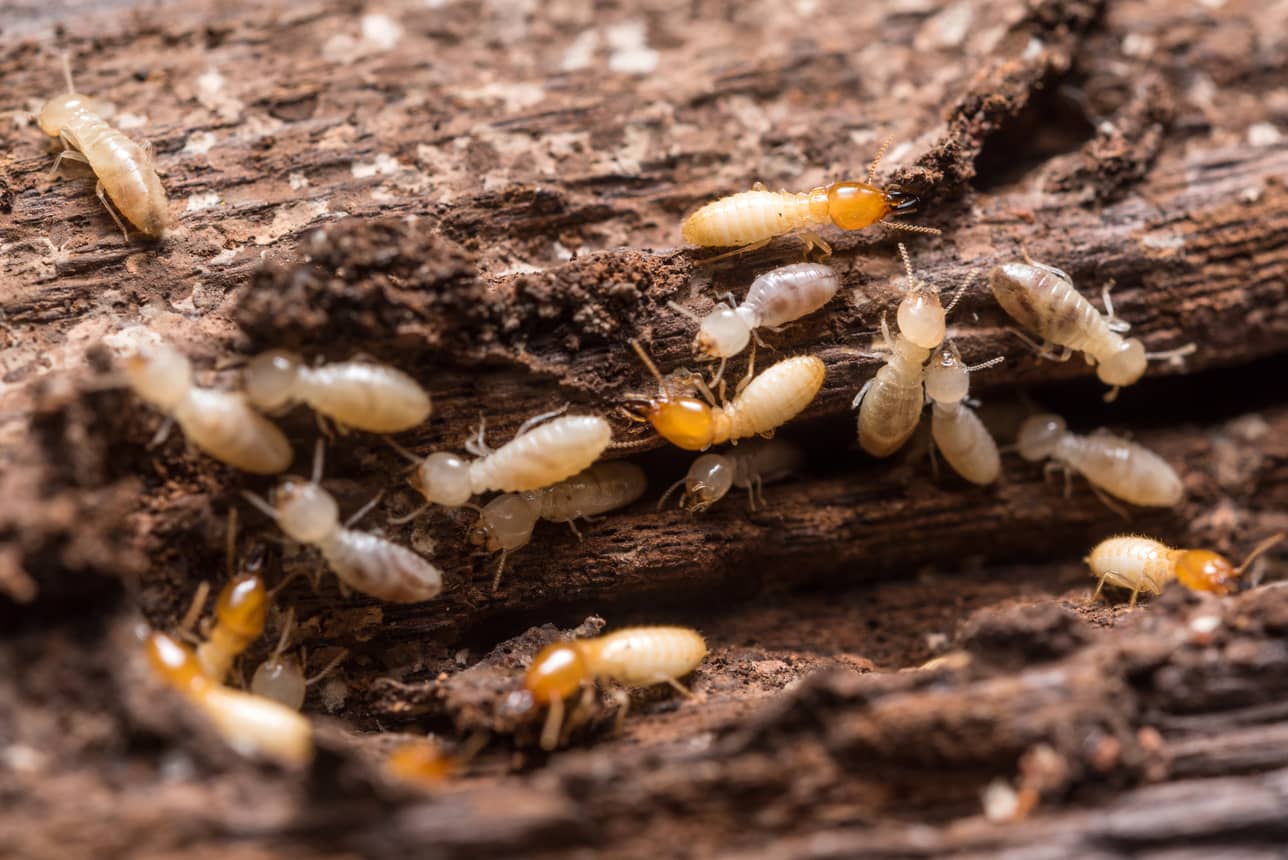Related Articles
Termite infestations can cause significant damage to your home if left undetected. Regular termite inspections are crucial to identifying potential infestations early and taking preventive measures. This guide explores how often you should get a termite inspection to safeguard your home and maintain peace of mind.
Importance of Termite Inspections
Preventing Costly Damage
Termite inspections play a vital role in protecting your home:
- Early Detection: Identifying termites early prevents extensive damage to wooden structures and reduces repair costs.
- Peace of Mind: Regular inspections provide assurance that your home is free from destructive pests.
- Maintaining Property Value: Protecting your home from termite damage helps maintain its value and resale potential.
Frequency of Termite Inspections
Expert Recommendations
The frequency of termite inspections depends on several factors:
- Location: Homes in areas with high termite activity may require more frequent inspections.
- Type of Construction: Wooden structures or homes with previous termite history may need inspections more often.
- Climate: Warm and humid climates are conducive to termite activity, necessitating more frequent inspections.
Guidelines for Inspection Schedules
Tailoring to Your Situation
While general guidelines suggest annual inspections, consider these factors:
- New Construction: Newly built homes may benefit from more frequent inspections during the first few years.
- Historical Infestation: Homes with a history of termites should have inspections more frequently, possibly every 6 to 12 months.
- Preventive Measures: Regular inspections are part of a proactive approach to termite control, ensuring timely treatment if termites are detected.
Signs of Termite Activity
Knowing When to Schedule
Be vigilant for signs of termite activity between inspections:
- Mud Tubes: Small tunnels near the foundation or walls, created by subterranean termites.
- Wood Damage: Hollow or damaged wood, especially in basements, attics, or crawl spaces.
- Swarmers: Winged termites emerging from the soil or wood structures, especially during spring.
DIY vs. Professional Inspections
Benefits of Professional Service
While DIY inspections are useful, professional inspections offer:
- Expertise: Trained technicians know where and how to look for termite activity.
- Tools and Techniques: Professionals use specialized equipment to detect termites hidden within walls or structures.
- Peace of Mind: Professional inspections provide detailed reports and recommendations for treatment or prevention.
Conclusion
Regular termite inspections are essential for protecting your home from costly damage and maintaining its value. By scheduling inspections according to expert recommendations and being vigilant for signs of termite activity, you can prevent infestations before they become severe.
Invest in professional termite inspections to ensure thorough detection and effective treatment if termites are found. By taking proactive measures, you safeguard your home against termite damage and preserve its structural integrity for years to come.
Schedule your next termite inspection today to maintain a termite-free environment and ensure peace of mind for you and your family




